A vaccine is a biological preparation that improves immunity to a particular disease. A vaccine typically contains an agent that resembles a disease-causing microorganism, and is often made from weakened or killed forms of the microbe, its toxins or one of its surface proteins. The agent stimulates the body’s immune system to recognize the agent as foreign, destroy it, and “remember” it, so that the immune system can more easily recognize and destroy any of these microorganisms that it later encounters.
Diseases for which vaccines exist
Importance of Vaccines
Top 10 Reasons to Protect Children Through Vaccination
- Parents want to do everything possible to make sure their children are healthy and protected from preventable diseases. Vaccination is the best way to do that.
- Vaccination protects children from serious illness and complications of vaccine-preventable diseases which can include amputation of an arm or leg, paralysis of limbs, hearing loss, convulsions, brain damage, and death.
- Vaccine-preventable diseases, such as measles, mumps, and whooping cough, are still a threat. They continue to infect children resulting in hospitalizations and deaths every year.
- Though vaccination has led to a dramatic decline in the number of cases of several infectious diseases, some of these diseases are still quite common in many countries. If children are not vaccinated, they could easily get one of these diseases from a traveler or while traveling themselves.
- Outbreaks of preventable diseases occur when many parents decide not to vaccinate their children.
- Vaccination is safe and effective. All vaccines undergo long and careful review by scientists, doctors, and the government to make sure they are safe.
- Organizations such as the American Academy of Pediatrics, the American Academy of Family Physicians, and the Centers for Disease Control and Prevention all strongly support protecting children with recommended vaccinations.
- Vaccination protects others you care about, including family members, friends, and grandparents.
- If children aren’t vaccinated, they can spread disease to other children who are too young to be vaccinated or to people with weakened immune systems, such as transplant recipients and people with cancer. This could result in long-term complications and even death for these vulnerable people.
- We all have a public health commitment to our communities to protect each other and each other’s children by vaccinating our own family members.
ITALIAN VACCINATION SCHEDULE 2016 (SItI, SIP, FIMP, FIMMG)
Note:
*) Nei figli di madri HBsAg positive, somministrare entro le prime 12-24 ore di vita, contemporaneamente alle Ig specifiche, la prima dose di vaccino. Il ciclo va completato con la 2a dose a
distanza di 4 settimane dalla prima; a partire dalla 3° dose, che deve essere effettuata dal 61° giorno, si segue il calendario con il vaccino combinato esavalente.
*^ La sequenza di vaccinazione raccomandata è la seguente:
• Esavalente + Pneumococco ad inizio 3° mese di vita (61° giorno di vita)
• Meningococco B dopo 15 giorni (76° giorno)
• Meningococco B dopo 1 mese (106° giorno)
• Esavalente + Pneumococco dopo 15 giorni, ad inizio 5° mese di vita (121° giorno)
• Meningococco B dopo 1 mese, ad inizio 6° mese di vita (151° giorno)
• Esavalente + Pneumococco a 11 mesi compiuti
• Meningococco B al 13° mese
• Meningococco C, sempre dopo il compimento dell’anno di vita
• Somministrazione di MPR o MPRV in possibile associazione con meningococco C o meningococco B
**) La terza dose va somministrata ad almeno 6 mesi di distanza dalla seconda. La quarta dose, l’ultima della serie primaria, va somministrata nel 5°-6° anno. E’ possibile anche utilizzare dai 4
anni la formulazione tipo adulto (dTpa) a condizione che siano garantite elevate coperture vaccinali in età adolescenziale.
***) I successivi richiami vanno eseguiti ogni 10 anni.
****) In riferimento ai focolai epidemici degli scorsi anni, si ritiene opportuno, oltre al recupero dei soggetti suscettibili in questa fascia di età (catch-up) anche una ricerca attiva dei soggetti non vaccinati (mop-up).
^) Soggetti anamnesticamente negativi per varicella. Somministrazione di due dosi di vaccino a distanza di ≥ 1 mese l’una dall’altra.
^^) Bambini che inizino la vaccinazione nel corso del secondo anno di vita devono eseguire due dosi; qualora iniziassero nel corso del terzo anno è sufficiente una dose singola.
§) Dose singola. La vaccinazione contro il meningococco C o con vaccino Men ACWY coniugato viene eseguita per coorte al 13°-15° mese di vita. Per la seconda coorte a 12-14 anni, si raccomanda che una dose di vaccino Men ACWY coniugato sia effettuata sia ai soggetti mai vaccinati in precedenza, sia ai bambini già immunizzati nell’infanzia con Men C o Men ACWY. Nei soggetti a rischio la vaccinazione contro il meningococco C può iniziare dal terzo mese di vita con tre dosi complessive, di cui l’ultima, comunque, dopo il compimento dell’anno di vita.
°) Somministrare due dosi a 0 e 6 mesi (vaccino bivalente e nove-valente tra 9 e 14 anni; vaccino quadrivalente tra 9 e 13 anni), tre dosi ai tempi 0, 1, 6 (bivalente) o 0, 2, 6 mesi (quadrivalente e nove-valente) nelle età successive.
°°) Vaccinare con il vaccino stagionale, oltre ai soggetti a rischio previsti dalla Circolare Ministeriale, anche i bambini che frequentano stabilmente gli asili o altre comunità. Si raccomanda il progressivo abbassamento dell’età adulta per l’offerta universale fino ai 50 anni.
#) Somministrazione raccomandata per età ad almeno una coorte di soggetti ≥60 anni e per rischio.
##) Raccomandato in offerta universale, co-somministrabile con tutti gli altri vaccini previsti per i primi mesi di vita.
###) Indicazioni per aree geografiche ad elevata endemia (2 coorti, 15/18 mesi e 12 anni).
Click here to change this text


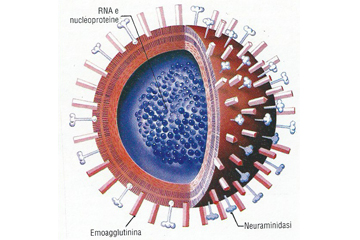
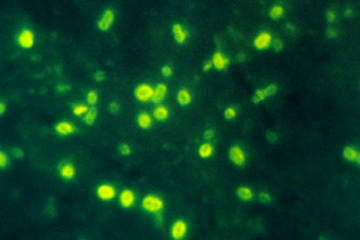

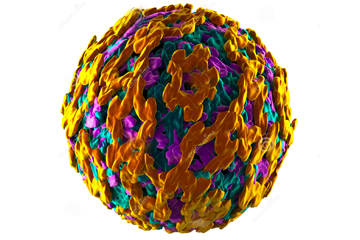
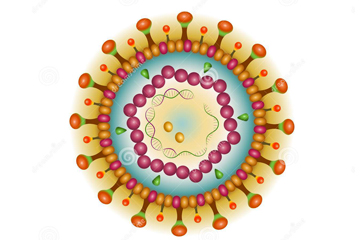
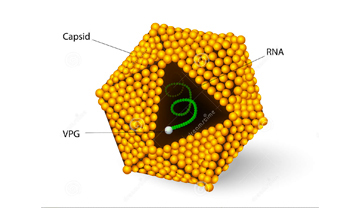
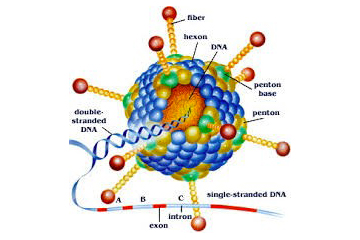
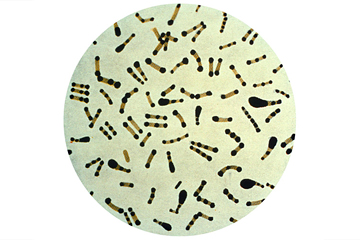
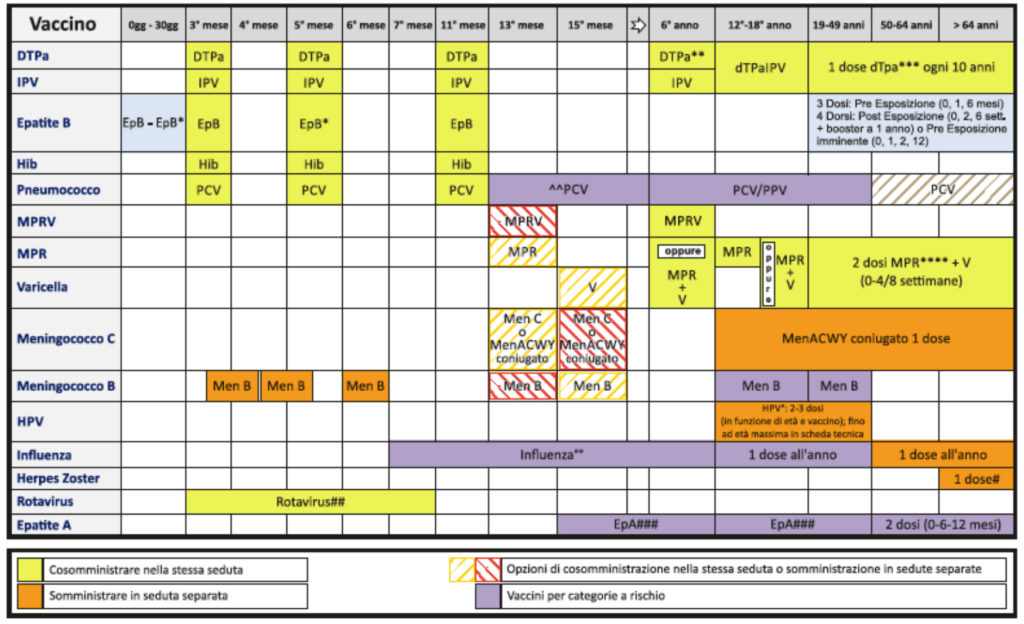
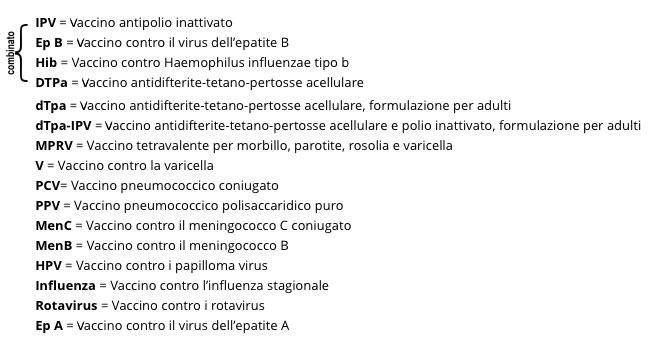
Leave a Reply